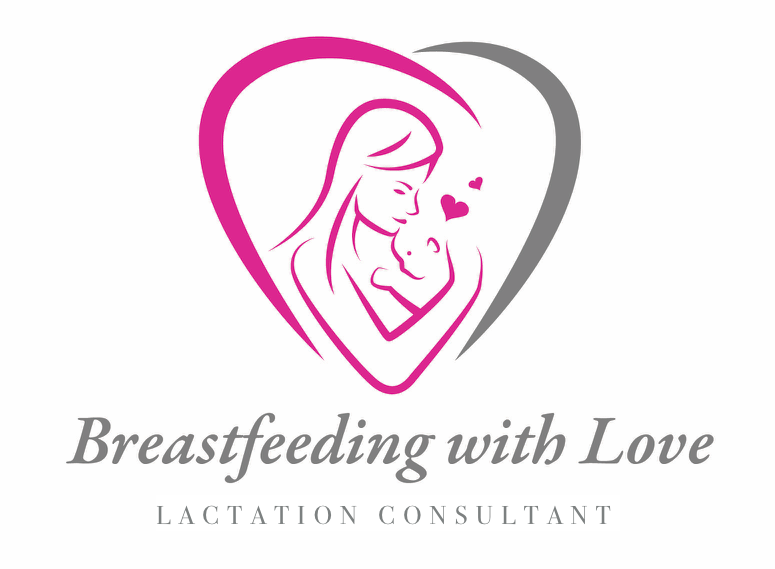Antipileptic Drugs and Breastfeeding
Can breastfeed moms use of Antiepileptic Drugs (AEDs)? Now that you have given birth, you probably have concerns whether you can breastfeed while taking epilepsy drugs. It is important to encourage breastfeeding moms to take careful precautions and evaluate possible side-effects on their baby caused by the indirect exposure to AEDs via breastmilk. In this blog, I have tried to explain how safe each drug is while breastfeeding Infact, for each AEDs, I collected all retrievable data from Hale's "Medications and Mother Milk" (2012). I will summarize each drug according to Dr. Thomas W. Hale's opinion. Additionally, older AEDs, such as Carbamazepine, Valproic Acid, Phenytoin, Phenobarbital, Primidoneare considered to have a good level of safety during lactation. However, thereare fewer data available on the use of the new AEDs on the market today.Therefore, Gabapentin, Lamotrigine, Oxcarbazepine, Vigabatrin, Tiagabine, Pregabalin, Leviracetam and Topiramateare compatible with breastfeeding with a less documented safety profile.Ethosuximide, Zonisamide and the continue use of Clonazepam and Diazepam arecontraindicated during breastfeeding. More testing is needed on these drugs andhopefully in the near future, more doctors, healthcare professionals and scientists will take interest in this subject and future their studies on thesedrugs, Carbamazepine - Momstreated with Carbamazepine (CBZ), should be carefully monitored during breastfeeding. Probably this drug is safe to use. Ethosuximide-Alarge amount of this drug is transferred into the baby. Watch your baby for sedation, poor sucking and excitability.This not the preferred choice. Gabapentin Level sare low in milk. Lamotrigine-lamotrigine is considered moderately safe during breastfeeding . Levetiracetam- Levetiracetamis a new AED; keppra, is usually addedto other drugs in case of inadequate control of seizures. It passes into breastmilk however, it is still thought to be safe levels. It is the growing choice of a drug to use. Oxcarbazepine- Oxcarbazepine(OXC) or Trileptal is used to treatpartial seizures. Reports of its use while breastfeeding is limited. Phenobarbital- Phenobarbital or Laminalor Barbilixir, is widely used in both adults and children. The main, yet rare, side-effect attributed to phenobarbital is sedation, In premature babies or in infants with drowsiness, difficulty in sucking or poor weight gain, it is recommended to monitor its plasma levels. Phenytoin or Dilantin or Nova-Phenytoin At this time, there is no study on the passage of pregabalin in into human milk.The absence of binding toplasma proteins and its excellent oral bioavailability suggest that it can pass into the mother's milk and into the circulation of the breastfeeding baby. Numerous side effects such as dizziness, drowsiness, impaired vision have been observed in adults. It is rated as moderately safeduring breastfeeding Primidone- Mysoline, Apo-Primidone, Sertan, These types of drugs have a significant affect andcauses sedation in a baby. It should be used with caution during breastfeeding Tiagabine- Tiagabine oral absorption is almost complete and it is highly bound to plasmaproteins. There are no studies on its use during breastfeeding, leading to possibly prefer other antiepileptic drugs. If thisdrug is taken by the breastfeeding mother, the baby should be monitored. Topiramate or Topamax is increasingly prescribed, being effective and well-tolerated byepileptic patients. It is rapidly absorbed, it has a low plasma proteinbinding, a relatively long half-life and a significant excretion into breastmilk. Close observation for sedation isadvised. Valproate- Patients taking valproate may develop hepatotoxicity, thrombocytopenia and anemia.The limited passage of valproate into breast milk (the drug is almost completely bound to plasma proteins) make it safe in lactation. Vigabatrin- Vigabatrinis commonly used for multi-resistant epilepsy. There are no precise data about its passage into breast milk. Since no information is available about its use during lactation, the breastfeeding infants should be monitored. Zonisamide- Zonisamide -It is a sulfonamide. It easily passes into breast milk. Caution is recommended with this drug. When evaluating a drug, certainthings should be taken into considerations. Discussion toxicity in breastfed infants is reported. AEDs are expectedto determine in the breastfeeding baby aseries of symptoms related to their pharmacological effects on the centralnervous system, sleep patterns, poor sucking and possibly poor growth.Another variable is how well an infant andmom metabolizes the drug in their systems. Breastfeeding mothers should be provided with concise and clear information on the lactation risk on every prescribed medication they take. Nevertheless, breastfeeding mothers taking AEDs happento receive inconsistently and sometimes conflicting advices on whether or not tobreastfeed from different clinicians (general physician, neurologist, pediatrician,obstetrician, etc.). Therefore, don't beafraid to ask questions when you are in doubt of what medications you are onand how will it affect your baby. In conclusion, breastfeed babies should be carefully monitored and, if required, the infant drug plasma-level should be tested. Although the current available advice on theuse of AEDs during breastfeeding present some contradictions, most AEDs can beconsidered safe according to our review. We need to keep encouraging women to breastfeed.Moms taking epileptic drugs need to be well formed and speak directly to their doctor and together make an informed decision to breastfeed her baby. Good luck and I hope you all have asuccessfully and enjoyable breastfeeding journey.

